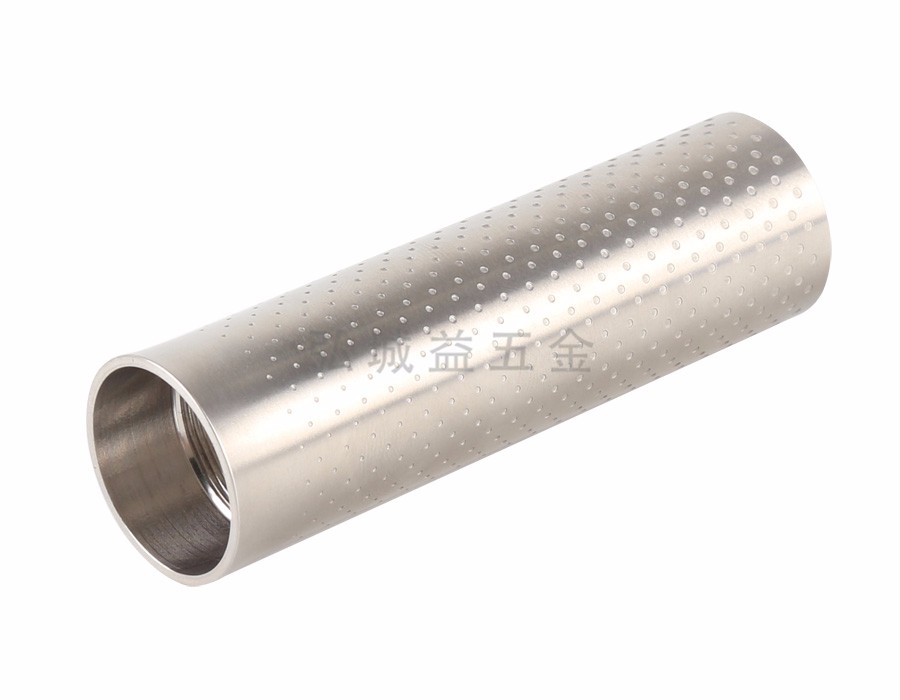
Brass CNC machining parts refer to parts processed with brass materials using CNC machine tools. Brass is an alloy material with high strength, high corrosion resistance, and ease of processing, which is widely used in the manufacturing of various mechanical parts.
The processing steps of brass CNC machining parts usually include: preparing materials, designing parts, CNC programming, machine operation, precision machining, and post-processing. During the machining process, it is necessary to pay attention to controlling the accuracy and stability of the machine tool, selecting cutting parameters, the sharpness and wear of the tool, etc., in order to avoid errors and defective products. At the same time, in order to improve processing efficiency and reduce costs, it is necessary to continuously innovate technology and update equipment, adopt advanced CNC technology and automated production lines, and achieve efficient and high-precision brass parts processing.
The processing cycle of brass CNC machining parts usually ranges from 8 to 15 days, depending on factors such as processing complexity, part size, material type, and cutting parameters. During the machining process, it is also necessary to pay attention to protecting the surface roughness of the parts. Generally, the surface roughness ra1.6 or ra0.8 is required to achieve high-precision machining requirements. In addition, to ensure product quality and safety, quality testing is required, including dimensional accuracy, surface quality, mechanical properties, and other aspects, to ensure that the product meets requirements and standards.
In short, brass CNC machining is an efficient and high-precision machining method that can be applied to the processing of various brass parts. During the machining process, it is necessary to pay attention to factors such as material characteristics, machine tool accuracy, cutting parameters, and tool selection, while strengthening quality inspection and process control to achieve high-quality and efficient brass CNC machining.